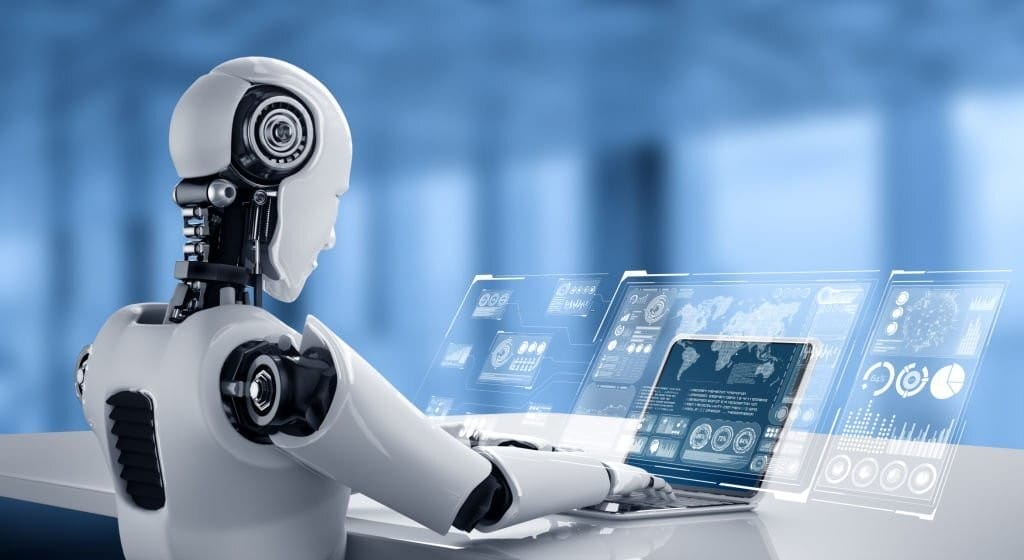Introduction to Robotics Operating System (ROS): Paving the Future of Robotics Development
February 23, 2024 2024-02-23 10:35
Introduction to Robotics Operating System (ROS): Paving the Future of Robotics Development
Introduction to Robotics Operating System (ROS): Paving the Future of Robotics Development
The field of robotics has seen unparalleled growth over the past decade, with innovations that seemed like distant science fiction becoming reality. At the heart of this rapid development is the Robotics Operating System (ROS), a flexible framework for writing robot software. This article aims to demystify ROS, explaining its significance, features, and why it’s become an essential tool in modern robotics. For those eager to dive deeper, a comprehensive video guide is available here, offering insights and detailed explanations about ROS.
What is ROS?
The Robotics Operating System (ROS) isn’t an operating system in the traditional sense. Instead, it’s a collection of software frameworks for robot software development. ROS provides services designed for a heterogeneous computer cluster such as hardware abstraction, low-level device control, implementation of commonly used functionality, message-passing between processes, and package management. It’s designed to encourage collaborative robotics software development, providing tools to create applications that can run on a wide variety of robotic platforms.
Key Features of ROS
- Modularity: ROS is known for its modular design, allowing developers to integrate various software and hardware components easily. This modularity facilitates the reuse of code in different projects, significantly speeding up the development process.
- Tools and Libraries: ROS offers numerous tools and libraries that help in building and simulating complex robotic applications. These tools assist in tasks ranging from visualization, simulation, and navigation to perception, which are crucial in developing intelligent robot behavior.
- Community and Support: One of ROS’s greatest strengths is its vibrant community. Thousands of developers worldwide contribute to ROS, creating a rich repository of libraries, tools, and tutorials. This community support makes ROS an invaluable resource for both beginners and experienced robotics engineers.
The Importance of ROS in Robotics
ROS simplifies the task of creating complex and reliable robotic behavior across a wide variety of robotic platforms. By providing a structured communications layer above the host operating systems, ROS enables the development of high-level functionality while fostering an environment where collaboration and software reuse are standard practices. This has not only accelerated the pace of robotics research and development but has also led to significant advancements in the field.
Getting Started with ROS
For those interested in exploring ROS and its capabilities, starting can seem daunting given its complexity and the vastness of resources available. However, a great place to begin is by watching educational content created by experts in the field. An excellent starting point is the video linked here, which provides a solid foundation for understanding ROS, from basic concepts to more advanced topics. This video is ideal for viewers looking to get a comprehensive overview of ROS, including its architecture, key concepts, and how to get started with developing robotic applications.
Conclusion
The Robotics Operating System (ROS) is at the forefront of the robotics revolution, enabling developers to build more sophisticated, adaptable, and capable robots than ever before. Its open-source nature, coupled with the support of a massive global community, ensures that ROS will continue to play a pivotal role in shaping the future of robotics. Whether you’re a seasoned developer or just starting, taking the time to understand ROS and its ecosystem is a valuable investment in your robotics journey. Don’t forget to check out the video here for an in-depth exploration of ROS and how it can transform your robotics projects.
Introduction to Robotics Operating System (ROS): Paving the Future of Robotics Development
February 23, 2024 2024-02-23 10:35Popular Tags






















